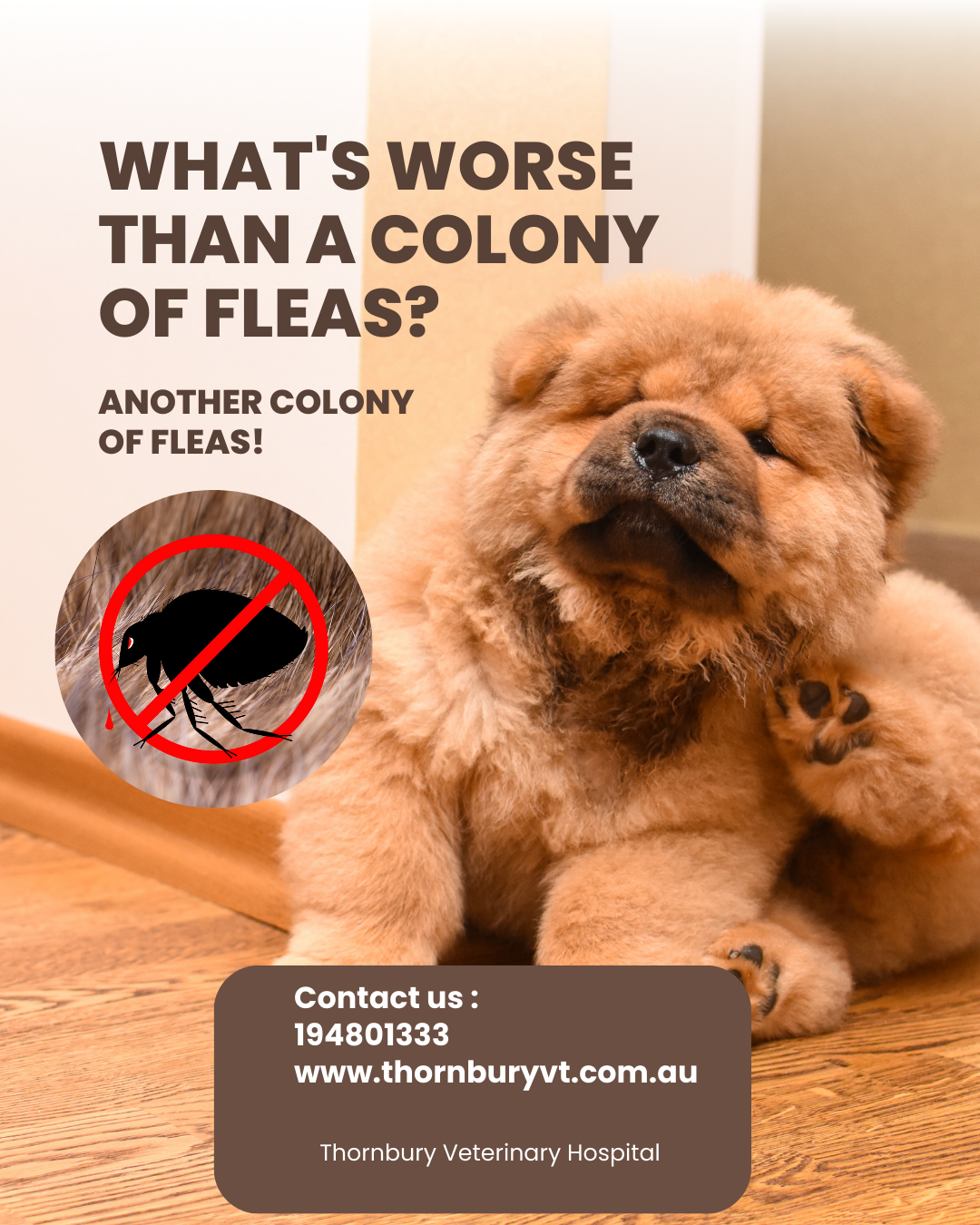Guide to a calm Vet Visit
Guide to a calm veterinary visit
A veterinary visit can be stressful for both pets and their owner, but there are several steps you can take to create a calm and positive experience. Here is a guide to help you prepare for a calm veterinary visit:
1. Familiarise your pet with the carrier or car: If your pet is anxious about going in a carrier or car, gradually acclimatise them to these experiences. Leve the carrier out in your home and make it a comfortable and inviting space. Take short care rides to positive destinations such as a park, to associate the car with enjoyable experiences.
2. Pre-visit acclimatation: Before the actual appointment, help your pet become familiar with the veterinary clinic. Bring your pet to the clinic for brief visits, allowing them to explore the waiting area, get treats from the receptionist and become comfortable in the environment.
3. Reduce anxiety with pheromones: Consider using pheromone sprays or diffusers designed to help calm pets. These products release synthetic pheromones that mimic the natural comforting pheromones produced by animals, helping to reduce anxiety. Feliway and Adaptil are great examples of these products. https://www.feliway.com/auhttps://www.adaptil.com/au
4. Keep your pet calm on the day of the visit: On the day of the appointment, maintain a calm and positive atmosphere at home. Avoid rushing or showing signs of stress, as animals are highly attuned to their owner’s emotions. Engage in activities that help your pet relax, such as gentle play or grooming.
5. Sit in the designated cat & dog waiting areas: Aim to arrive for your appointment a few minutes early. Choose a spot in the waiting area that is away from other animals if your pet is anxious around unfamiliar animals. Use treats or toys to create a calming space for your pet. If you have a cat, please sit in our designated Cat Only waiting area and cover the carrier with a Feliway sprayed towel provided.
6. Communicate with the Veterinarian: Once you are in the examination room, inform the veterinarian about any specific concerns or behaviours your pet may exhibit when stressed. This will help the veterinarian tailor their approach and create a more positive experience for your pet.
7. Positive reinforcement and treats: We aim to use positive reinforcement techniques during the examination. Reward your pet with treats, praise, or a favourite toy throughout the visit to create positive associations with the veterinary experience.
8. Follow-up care: After the visit, continue to provide positive reinforcement to your pet. Give them extra attention, playtime, or treats to reinforce the idea that the veterinary visit was a positive experience.
Remember, every pet is unique and what works for one may not work for another. Some patients may benefit from being prescribed anti-anxiety medication which owners will need to pick up a day or two before the appointment. Be patient and adaptable and do not hesitate to discuss any concerns or questions you have with your veterinarian or another member of our staff.
More information about taking your cat to the vet can be found at: https://icatcare.org/advice/taking-your-cat-to-the-vet/







